Explore the wonderful world of composting by jumping right in!
What is composting?

Decomposing organic matter, such as leftover food, yard waste, and other biodegradable materials, is a natural process called composting. These waste products decompose during composting to produce compost, a nutrient-rich soil amendment. Because it has so many advantages for gardens and plants, compost is frequently called "black gold”.
Benefits of starting a compost pile at home

Starting a compost pile at home offers several benefits, both for you and the environment:
- Waste reduction: Composting enables you to divert a sizable amount of waste from landfills, lowering greenhouse gas emissions and the creation of hazardous substances.
- Nutrient-rich soil: Compost is a useful resource that enhances the soil's nutrient content by enhancing the soil's structure, moisture retention, and nutrient content. It encourages stronger plant growth and lessens the need for chemical fertilizers.
- Saving money: By making your own compost, you can avoid paying retail prices for soil amendments and fertilizers.
- Environmental sustainability: Composting contributes to closing the loop in the organic matter natural life cycle. It promotes biodiversity and makes the ecosystem healthier.
How to start composting

Let's get started on how to start a compost pile at home in more detail:
- Select a composting technique: There are a number of composting techniques to accommodate various preferences and available space. Depending on your needs and resources, you can choose between a conventional backyard compost pile, a compost bin, or even a worm composting system.
- Decide on a good location: Find a location in your yard that is convenient, well-drained, and gets some sun. Make sure it's simple to get to so you can turn the compost and add materials.
- Collect compostable materials: Composite material collection assembles all of the organic waste you can, such as paper scraps, coffee grounds, eggshells, yard trimmings, and leftover fruit and vegetable scraps. Meat, dairy, oily products, and pet waste shouldn't be added because they might draw pests or introduce pathogens.
- Layer and mix materials: To make a balanced compost pile, alternate layers of green (nitrogen-rich) and brown (carbon-rich) materials. Browns are made up of dried leaves, straw, or shredded cardboard, whereas greens are made up of fresh grass clippings and kitchen scraps. The ratio of browns to greens should be 3:1.
- Put moisture in: Like a damp sponge, keep the compost pile damp. Water it frequently to aid in the decomposition process, especially during dry spells. A soggy pile can result from overwatering, so take care to avoid it.
- Turn the compost: Use a garden fork or shovel to turn the compost pile once every few weeks. Turning the materials promotes aeration and hastens the decomposition process.
- Monitor and adjust: Keep an eye on the temperature, moisture content, and smell of the compost pile. More browns can be added to the pile to balance the moisture if it smells bad. If the composting process seems to be taking too long or the pile is too wet, change the carbon to nitrogen ratio.
Do's and Don'ts of composting

To ensure successful composting, here are some essential dos and don'ts:
Do's:
- To keep a compost pile balanced, add a variety of organic materials.
- Chop or shred huge pieces to hasten decomposition.
- Mix your materials thoroughly to speed up the composting process.
- To keep the heat and moisture in the pile, cover it with a lid or tarp.
- Use finished compost as a top dressing for potted plants or in your garden.
Don'ts:
- Do not add meat, dairy products, or fatty materials to your compost pile.
- A pesticide-treated plant or an invasive weed should not be added.
- Avoid adding too much of one kind of material to the pile.
- Don't forget to regularly turn and aerate the compost.
- Do not be discouraged by occasional difficulties; composting is a learning process!
Tips for DIY Compost bin

If you're interested in creating your own compost bin, here are a few tips to consider:
Size and design: Based on the volume of compostable waste you produce, choose the appropriate size for the bin. Think about making your own containers out of materials like plastic bins, wire mesh, or wooden pallets.
Ventilation: Make sure there is adequate airflow inside the compost bin by making holes or gaps in the design of the container. Effective decomposition of the materials is aided by good ventilation.
Access and upkeep: Make the bin accessible for turning the compost and removing finished compost. Think about attributes like detachable sides, hinged lids, or access doors.
Elevated design: Placing the compost bin higher than the ground on bricks or blocks improves drainage and helps keep pests away.
Insulation: To maintain the ideal temperature for decomposition, think about insulating the compost bin, especially in colder climates.
Conclusion:

It's time to start this environmentally friendly journey now that you have a firm understanding of how to start your own compost pile at home. Composting will help make the world a greener place, nourish your garden, and cut down on waste. Get your hands dirty, have a good time, and reap the benefits of making compost that is rich in nutrients in your own backyard!
Check out this blog explaining the difference between compost, fertilizer and mulch.


 Sign In
Sign In



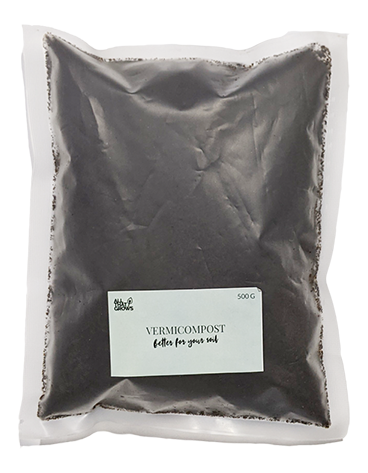
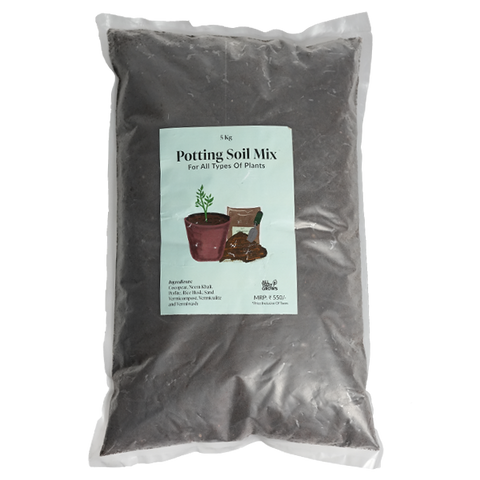
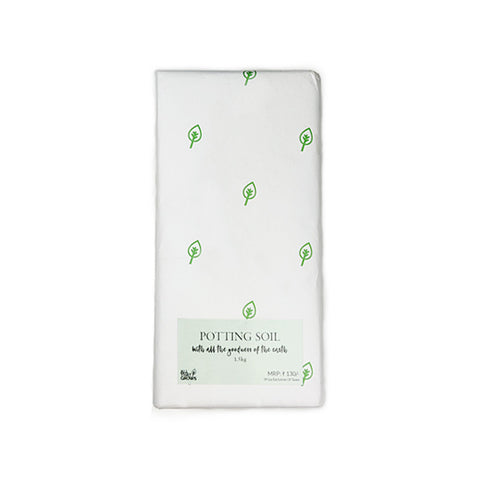
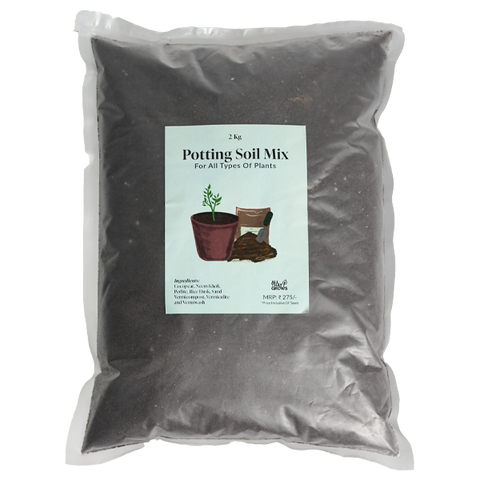
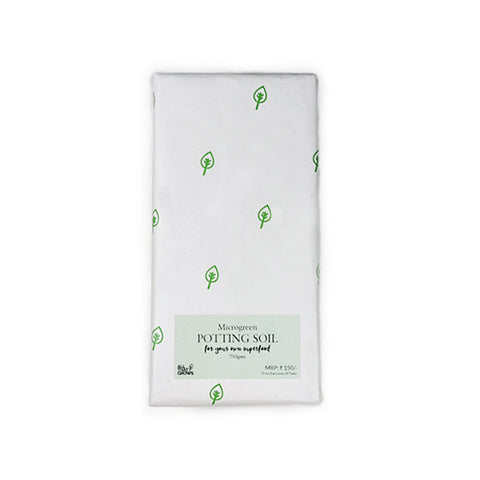
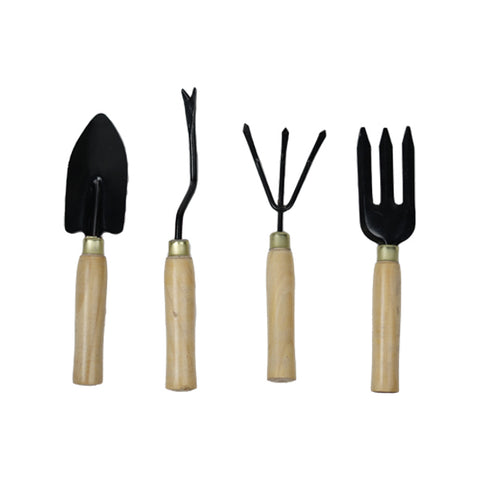
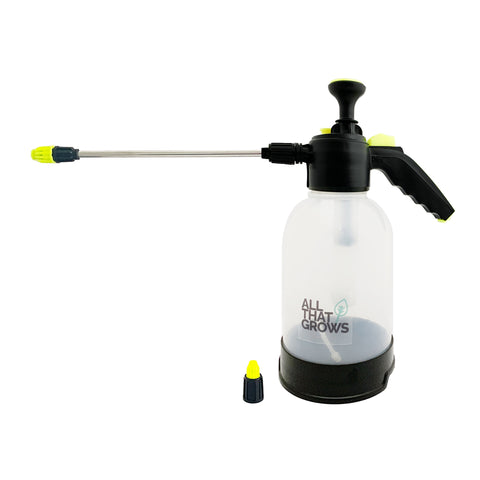
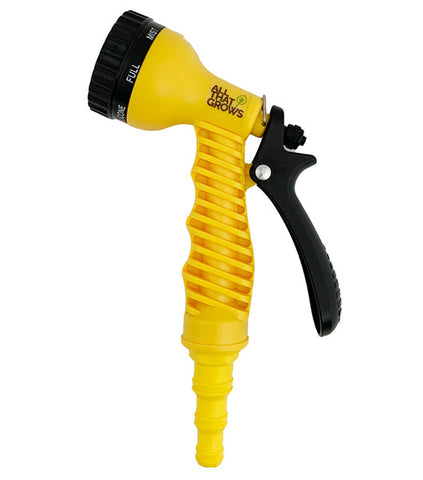
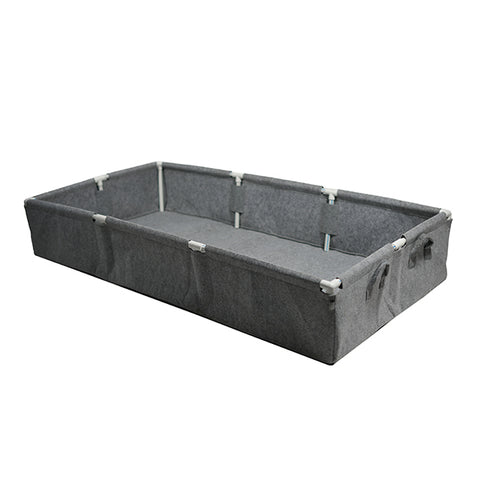






Let us know your feedback
* Comments must be approved before being displayed.